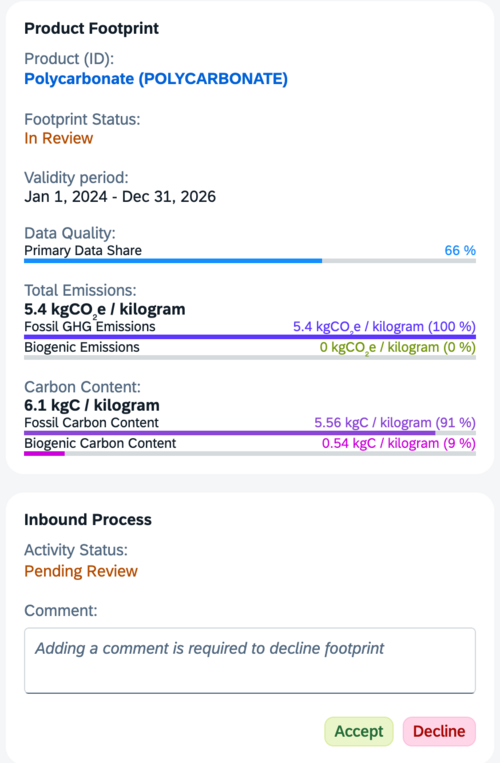
SAP updates from september edition
Latest Updates to SAP Sustainability Footprint Management and Data Exchange

Latest Updates to SAP Sustainability Footprint Management and Data Exchange
SAP’s sustainability solutions continue to evolve, helping organizations advance carbon accounting, emissions reporting, and regulatory compliance. The latest enhancements to SAP Sustainability Footprint Management (SFM) and SAP Sustainability Data Exchange (SDX) introduce powerful new features that make sustainability data more accurate, connected, and actionable.
From Catena-X certification and AI-driven emission factor mapping to new apps for location master data management and data exchange workflows, these updates strengthen transparency and accelerate progress toward ledger-based carbon accounting with SAP Green Ledger.
SAP Sustainability Footprint Management is now the first carbon calculation software certified by Cofinity-X for Catena-X (Link), the automotive industry’s collaborative data ecosystem. This certification confirms compliance with Catena-X standards for calculation accuracy, interoperability, and data sovereignty. Integrated with SAP Sustainability Data Exchange, the solution allows seamless, automated carbon data sharing and empowers organizations to drive cross-company sustainability initiatives.
SAP has introduced new capabilities that make sustainability data handling more seamless, efficient, and user-friendly. By leveraging the Sustainability Data Integration service, the solution streamlines data imports from multiple SAP systems, including SAP S/4HANA, SAP S/4HANA Cloud Public Edition, and SAP Environment, Health and Safety Management.
A highlight of this update is the new Manage Replications app. This application enables organizations to configure and manage the replication of master data objects—such as products and suppliers—from multiple integrated SAP systems. Once replication is initiated, the imported data automatically appears in the Import Master Data app.
The key benefits include:
We can help you set up and optimize replications, making it easier to manage sustainability data seamlessly across your entire system landscape.
New role collections are available for tailoring access to SDX according to organizational structure. We can support you in defining and configuring the optimal role setup to match your specific business needs.
Default Role Collections
| Role Collection | Description | Roles |
|---|---|---|
| Sustainability Data Specialist | Grants the necessary access to run the business processes in the application | Data Exchange Manager, Sustainability Data Manager |
| Configuration Expert | Grants the necessary access to manage the configurations in the application. | Product Expert, Partner Expert, Company Profile Manager, Connection Manager |
| Application Administrator | Grants the necessary access to manage the basic setup of the application. | System Administrator, Channel Administrator, Integration Administrator |
You can now accept or decline incoming footprints, and the suppliers will automatically receive a new request in case the previous one was declined.

A new app has been launched that enables you to independently configure your integrations with the platforms you are onboarded to. The first supported channel is CATENA-X 24.08. With this release, you can fully implement SDX without requiring support from SAP. You can also self-activate your necessary EDC connector.
Future updates will extend the app’s capabilities to support additional channels—such as upcoming Catena-X versions or the WBCSD PACT channel—and will provide enhanced contextual information, including connection status and preferred partner linkages. We're excited to help you set up right communication channel for your sustainability data exchange.

Streamline your data exchange with the new Process Inbounds and Process Outbounds apps. These enhanced applications offer an improved user experience along with valuable new features, such as review notes and manual product assignment, providing greater control and transparency in your processes. The new apps will replace the apps Manage Inbounds and Manage Outbounds which will be deprecated.
